---------------------------------------------------------
Winter is coming. The mornings are getting brisk as I’m filling up the feed bowl. It won’t be long before I have to dig out the heated water bowls, hauling water to the coop with buckets instead of using the convenience of a hose. My trusty shovel will be placed next to the back door so I can dig a path to get to my animals.
Winter time chicken keeping might be more difficult for me as a human, but I’m not worried about my chickens. Our coop is not heated and New England winter temperatures could stay below freezing for weeks on end, and regularly dip below 0 degrees F. But my chickens will be fine!
What makes a chicken winter ready?
Some chicken breeds are well equipped for harsh winter weather. Cold hardy breeds will generally have small combs & wattles. The larger the comb, the more surface area left susceptible to frostbite. Click here to read about preventing frostbite in chickens
Cold hardy chickens are also BIG. They are large breeds with heavy feathering. Bonus points when those feathers extend onto their feet, or when they have warm beards or muffs. Thick feathers provide excellent insulation and warmth, like wearing a cozy down jacket!
My top picks for cold climate chicken breeds
Brahmas
These birds come in three color options white, dark, & buff, and all of them are big, solid birds! Hens average 9-10 pounds and roosters average 12-13 pounds! Truly gentle giants, Brahmas are docile, calm, & quiet. Profuse feathering & feathered feet keep these guys cozy in even freezing temps and their tiny pea combs mean frostbite is barely a concern.

Buff Orpington
Buff is the most popular color, but any of the Orpington varieties do great in the cold! They are not as large as Brahmas, the hens average 7 pounds and roosters around 9 pounds. Without picking them up you would think they are much heavier. Orpingtons have lots of dense feathering, especially on their underside, making them appear larger. Sweet & calm personalities make this breed a favorite of many chicken keepers. They have a single comb which should be ok with frostbite, but you will want to keep an eye on the tips of the comb, particularly with roosters.

Plymouth Rock
This breed was developed in New England with a focus on a solid, dual purpose bird that could survive harsh winters. The black & white barred is the most popular color, but they also come in blue, buff, Colombian, Partridge, white, & penciled. Hens average 6-7 pounds and roosters around 8-9 pounds so they are a similar size as the Orpingtons. Their feathering is not as thick as the Orpingtons, but is still quite dense to keep these birds cozy all winter long. Docile & friendly, these birds are another favorite of backyard keepers. Plymouth Rocks have a single comb, so like the Orpington you should keep an eye on the tips of roosters for frostbite.
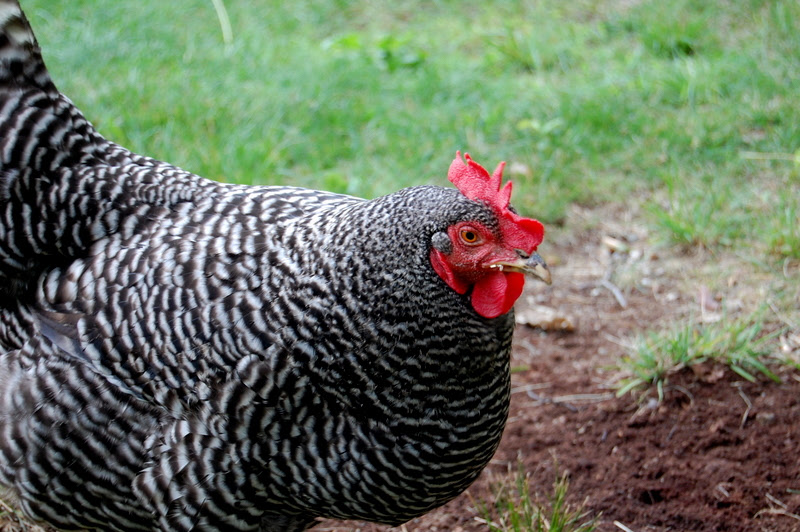
Australorp
An Australian breed, it was developed from Orpingtons to create the current lovely, all black, dual purpose chicken. Hens average 7-9 pounds and roosters average 8-9 pounds for this large breed. Popular because of their calm & docile nature, Australorps are also reliable egg layers, even into the short winter days. Australorps, like their Orpington relatives, have a single comb.
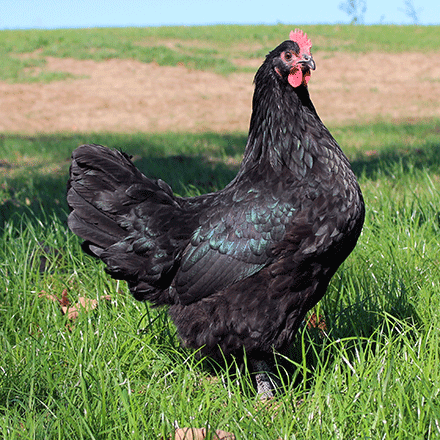
Wyandotte
These chickens come in silver laced, gold laced, blue laced red, and the white Colombian. Named for the Native American Wyandot tribe, and developed by four northern chicken breeders. This showy chicken is well suited to cold winters. Beneath their super dense, fluffy, & gorgeous feathers is a large size chicken with hens averaging 6-7 pounds and roosters 7-8 pounds. Many chicken keepers are drawn in by the Wyandottes beautiful feather patterns. These birds can be a bit of a beauty queen; a little standoff-ish, but otherwise docile & calm. As long as you aren’t looking for a best friend for life, the Wyandotte is an excellent addition to your flock, and their tiny rose comb provides great frostbite prevention.
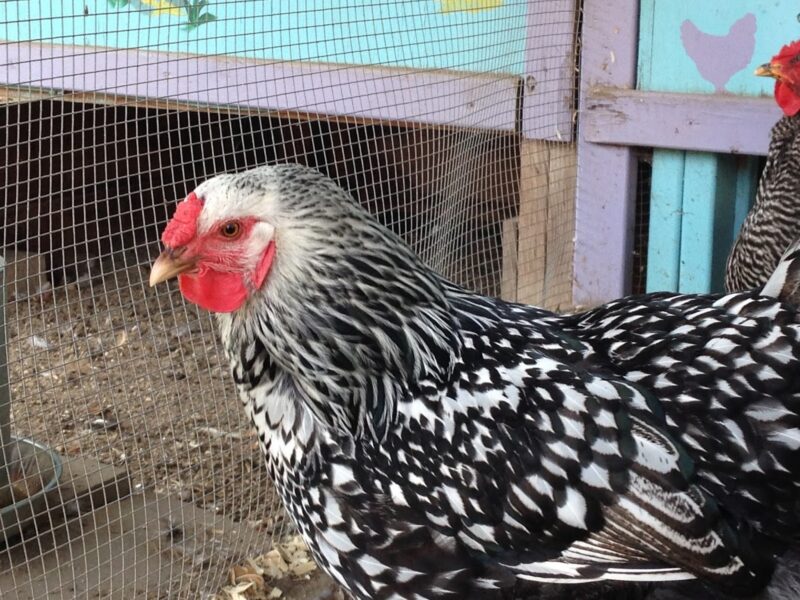
Faverolles
Originally bred in France as a meat bird, Faverolles are now a favorite of backyard keepers because they are so darn cute! Round & heavy, the hens usually weigh around 6-7 pounds and roosters 7-8 pounds. Faverolles have dense, warm feathers as well as feathered feet & cozy beards and cheek muffs. It not only makes them super cute but provides plenty of warmth for chilly nights. Friendly & gentle, they make a great addition to any flock. Faverolles have a single comb, but it tends to be smaller than other breeds and closer to their head.
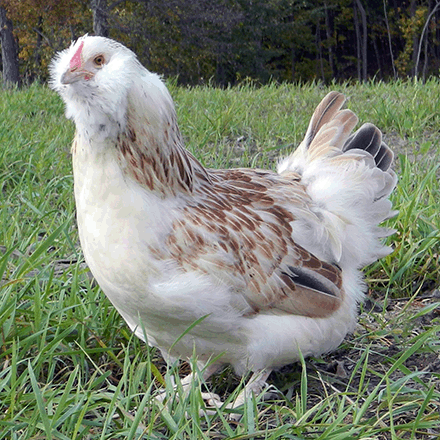
Two breeds cold climate chicken keepers might want to skip
These two birds make an awesome addition to warm climate flocks, but might struggle when there is a foot of snow on the ground. Am I saying if you live in a cold climate you should never keep these chickens? Of course not! Plenty of northern chicken lovers keep these breeds (I have had two frizzle cochins), but you should give some thought to how you can keep them comfortable during the cold winter days.
Egyptian Fayoumi
Originating from the hot desert climate of Egypt, these small & thin chickens are tailor made for warm weather. Their long legs & necks are great for foraging, but are not great at conserving heat as the more compact breeds. Hens only weigh in around 3-4 pounds with roosters around 4-5 pounds, they are active & excellent foragers. Fayoumis cute tails are held upright and they have little in the way of fluff on their underside. The combination of the low body weight for their size, long limbs, & lack of under-fluff make this a chicken better suited to warm climates.
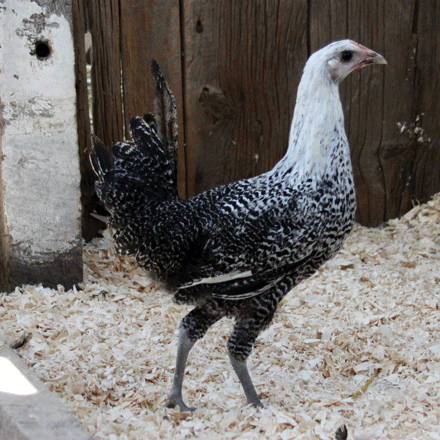
Frizzles
Frizzles are not technically a breed, but a genetic mutation that breeders encourage that results in a chicken with “curly” feathers. Instead of laying flat, they curl around backwards & stick out in crazy (and adorable!) directions. This is a tricky one. Most frizzles are bred from bantam Cochin chickens (although I have been seeing more & more frizzles from other breeds).
Typically, Cochins are an excellent cold hardy choice with their stout, round bodies & super fluffy feathers. But when the feathers curl around and don’t lay flat against the body, they lose their insulating power. Frizzle chickens might look big & fluffy but their feathers are not as capable of holding the heat in or blocking the wind, which can be a problem for chickens in cold climates.
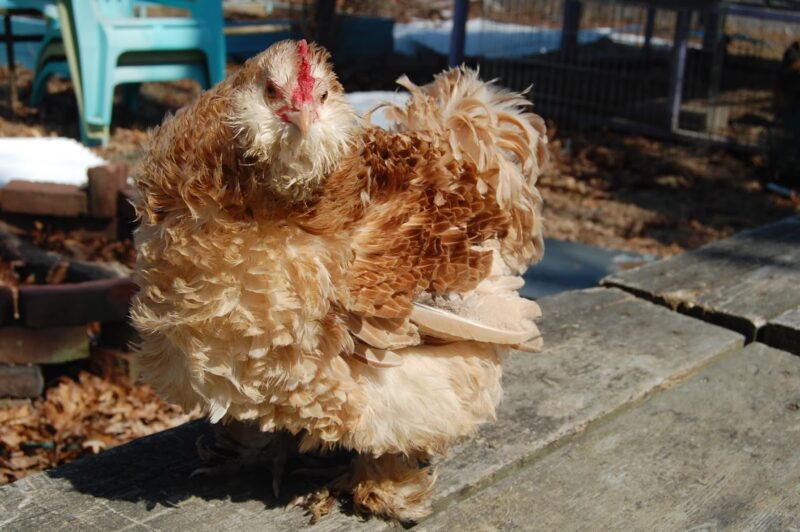
Things to do to help any chicken weather the cold
Make sure you have enough ventilation. Frostbite is caused not by cold, but by dampness. If the moisture from poop & breathing can’t escape out vents, your chickens will have frostbite (click here to read about frostbite in chickens)
Give your flock scratch in the evenings. Scratch makes their body work a little harder to digest which generates it’s own body heat
Provide plenty of fresh, liquid water. Water is super important for chicken health. There are several types of heated bowls & water heater pads you can safely use
Keep the bedding dry or use the deep litter method (click here to read about deep litter maintenance)
Block winds & drafts using tarps (click here to read about getting your farm ready for winter)
Don’t oversize your coop too much. A flock of hens can huddle together and generate a good amount of heat, but if they have way too much space it’s harder to keep it warm
DON’T use a heat lamp! Please!! Heat lamps are really dangerous. The potential for them to start a fire which will wipe out your flock and could possibly move to your home outweighs any benefits. Plus if your chickens get used to living with a heat lamp and the power goes out and they don’t have heat, their bodies will not be able to adjust quick enough and they will likely die.

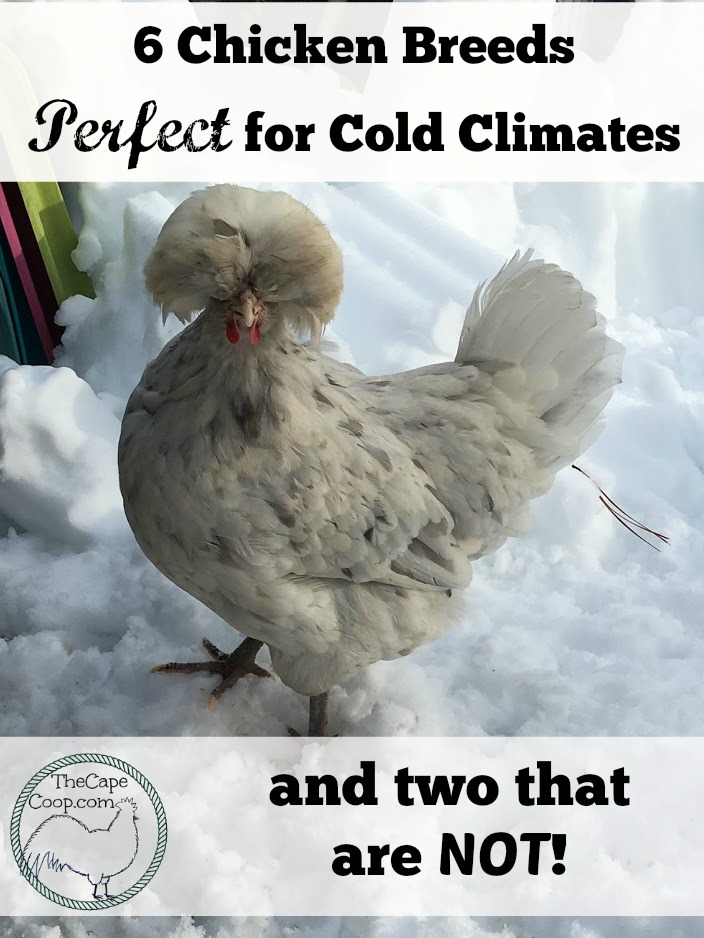
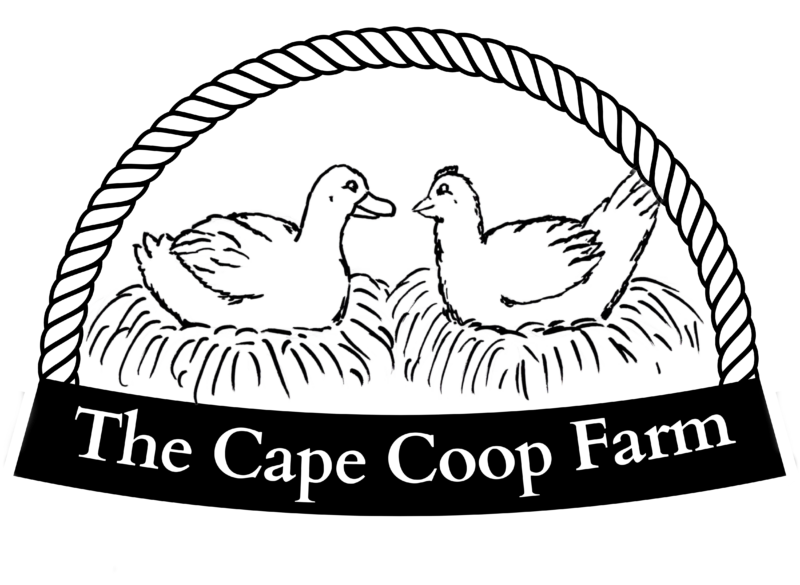


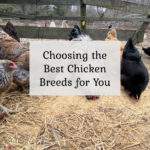
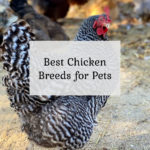
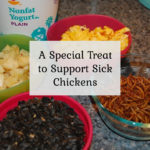
New chicken fan
Monday 12th of November 2018
Are Silkies a really bad option for a climate that ranges from -20 to maximum 30 degrees Celsius?
Liz
Monday 12th of November 2018
Hi! That is about the range of temperatures I get here and I've had Silkies that do just fine. You just want to make sure they have a draft free shelter for the winter because their "fluff" doesn't insulate or protect against chilly winds as well as regular feathers
Naila Caruso
Tuesday 12th of June 2018
HEY post about the ENDANGERED ICELANDIC chicken, a very rare variable land race that needs help. Livestock needs help from pet folks and so on to survive.
Liz
Wednesday 13th of June 2018
I was just reading about Icelandic chickens, they are super cute and sound like they are perfect for cold climates!
Jess
Friday 13th of April 2018
How many chickens are needed to huddle for enough heat, I have a 4’x4’x 2.5’ coop and only 3 chickens, I wanted enough space to expand our flock in the future I know you say no heat lamp but I’m worried they won’t be able to keep watm enough in winter?
Liz
Saturday 14th of April 2018
Three chickens are plenty to huddle together! Make sure their roost is flat (like a 2x4 board with the 4 inch side facing up for them to stand on). This lets them rest their feet and completely cover their feet & toes with their bodies to keep them warm
Brian the subarctic homesteader
Friday 17th of November 2017
I'm up in Labrador. Subarctic. I have Chanteclers with Mixed Easter eggers. They rock the Arctic winter. Trick is keeping their water thawed.
Liz
Saturday 18th of November 2017
That is awesome! Yes that water is a tricky thing, even here, I can't imagine what a challenge it is in subarctic temps!